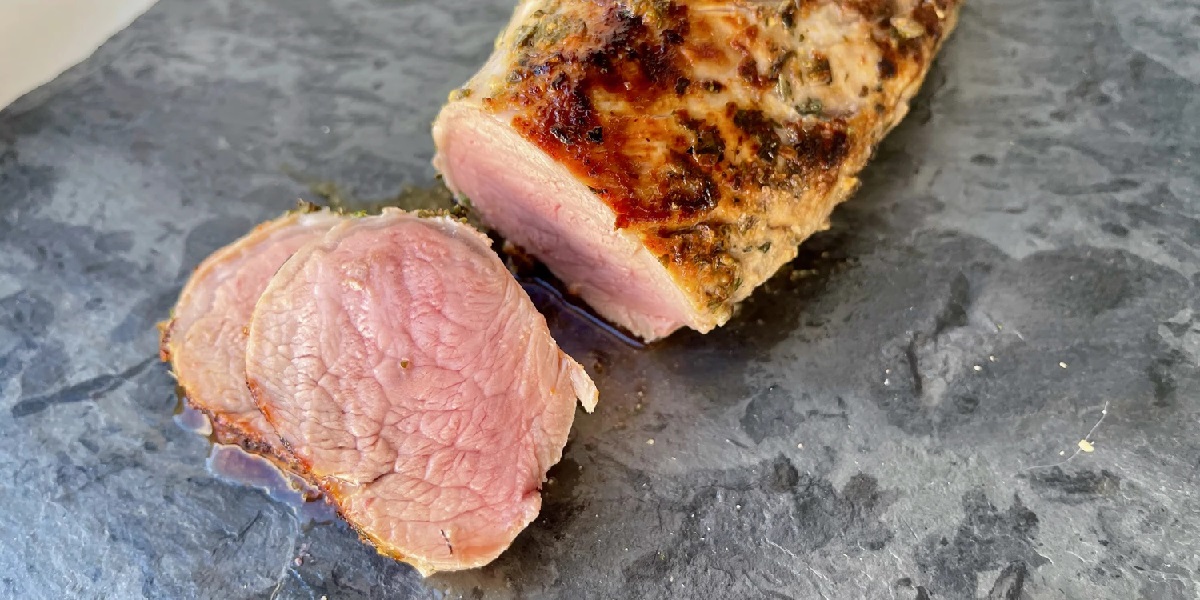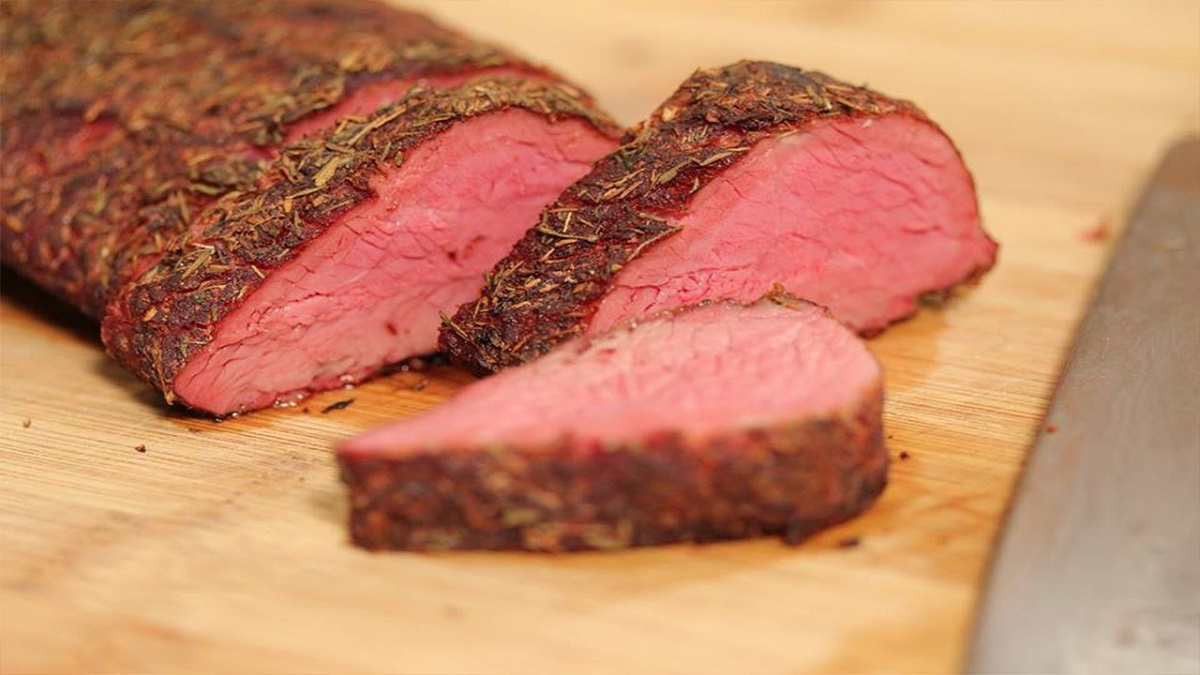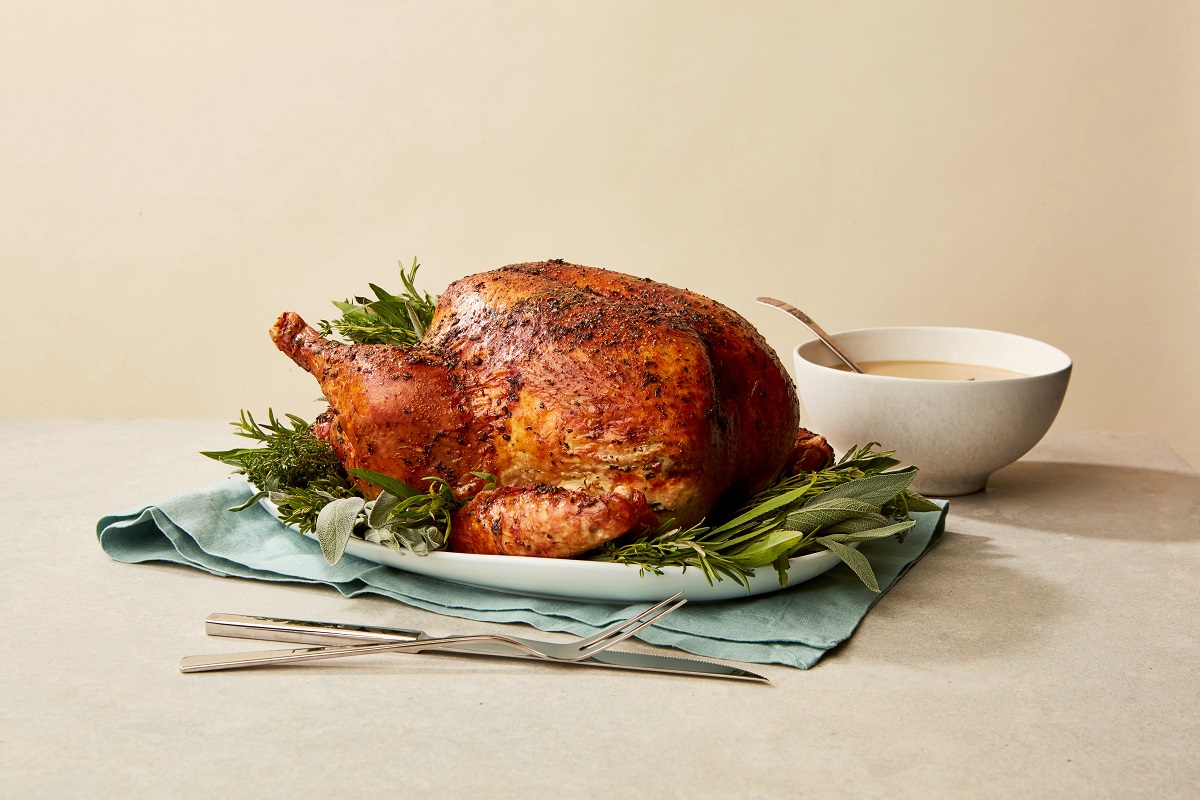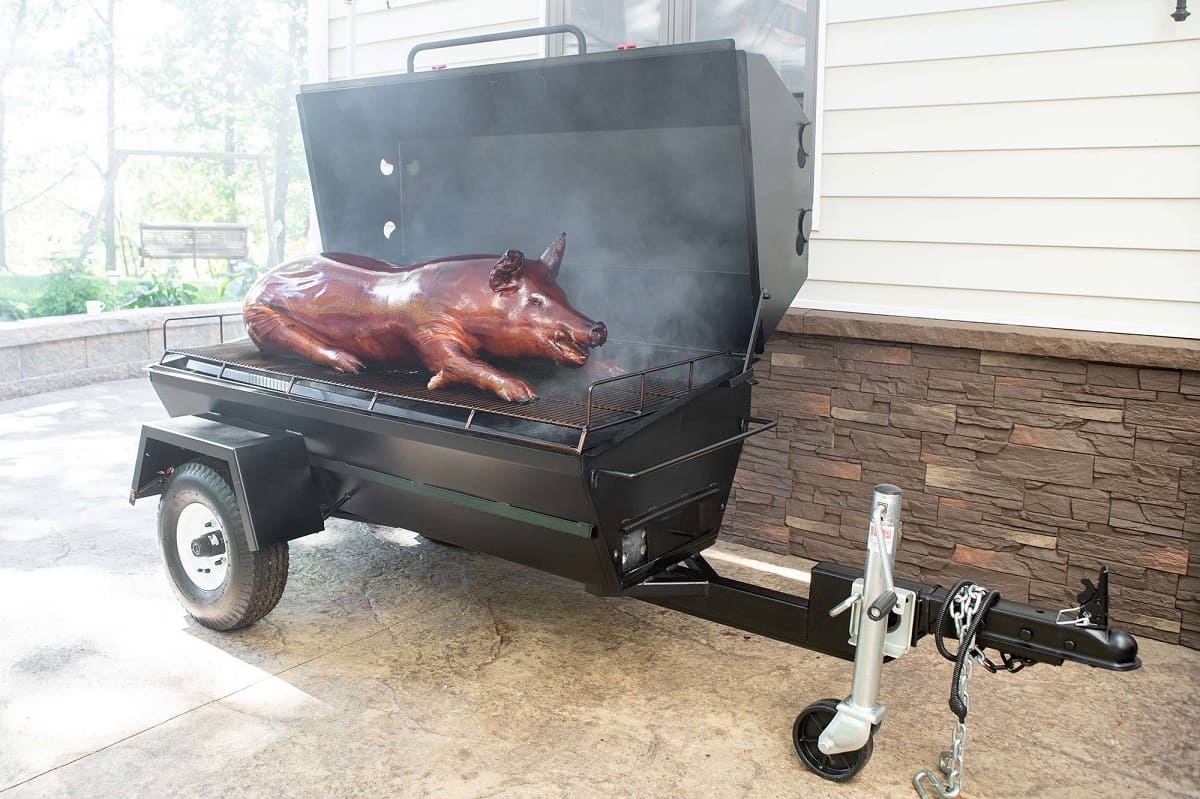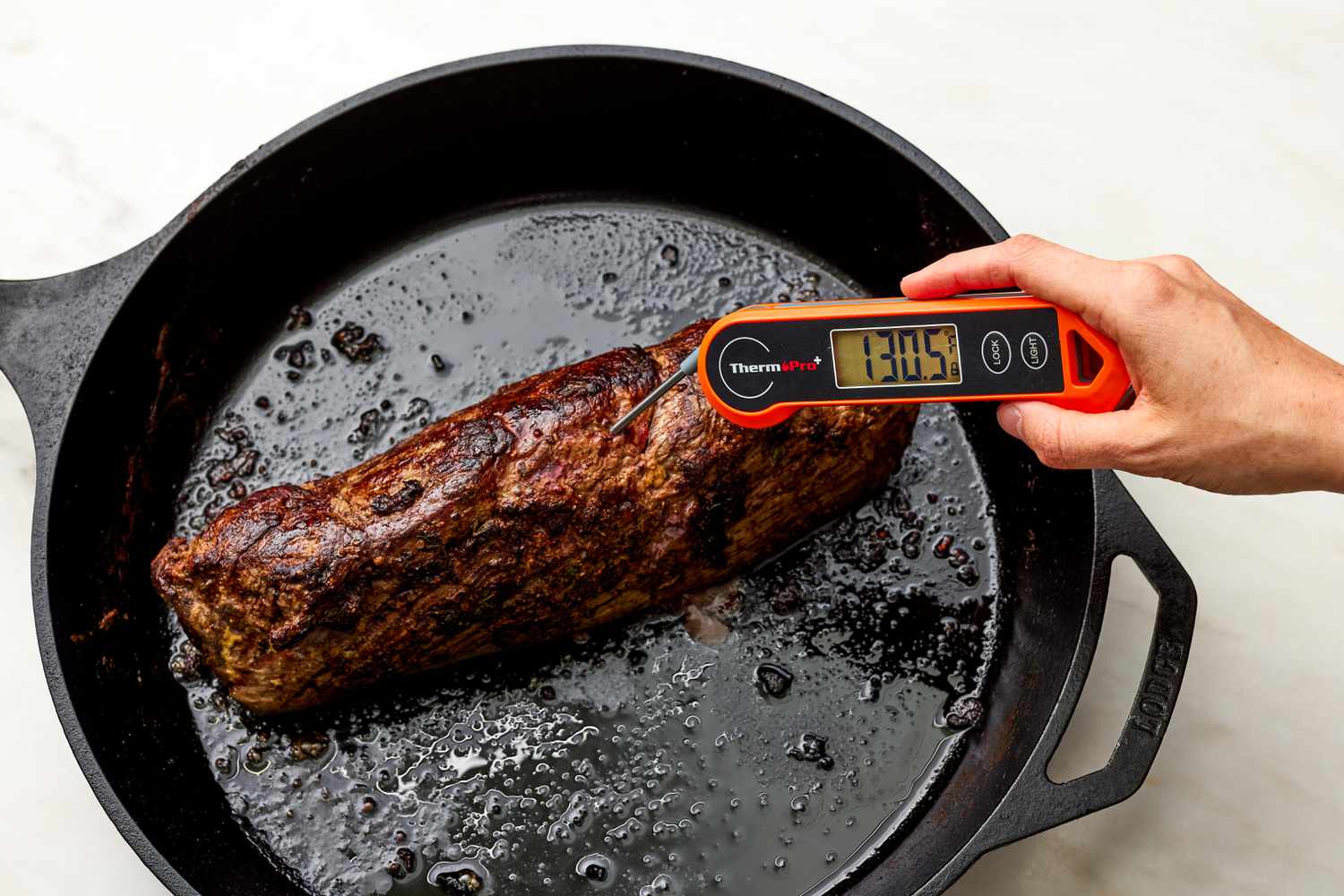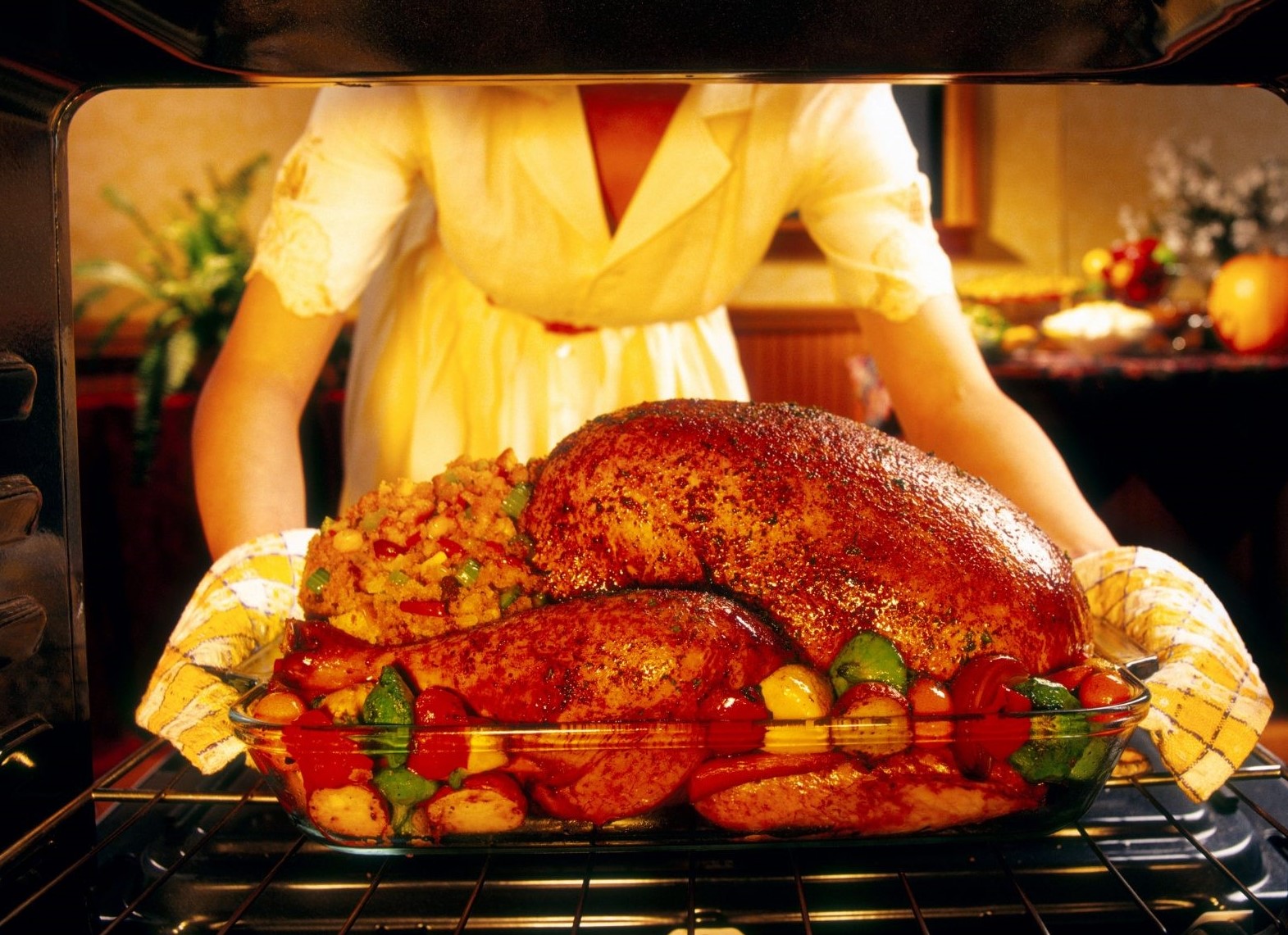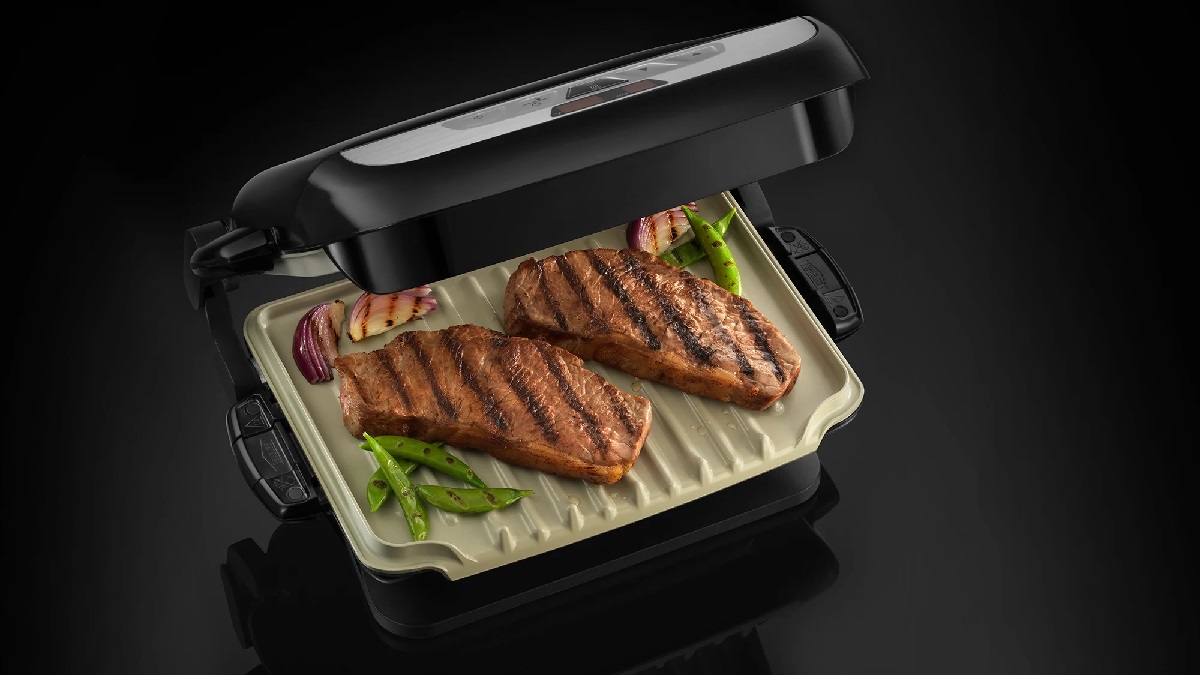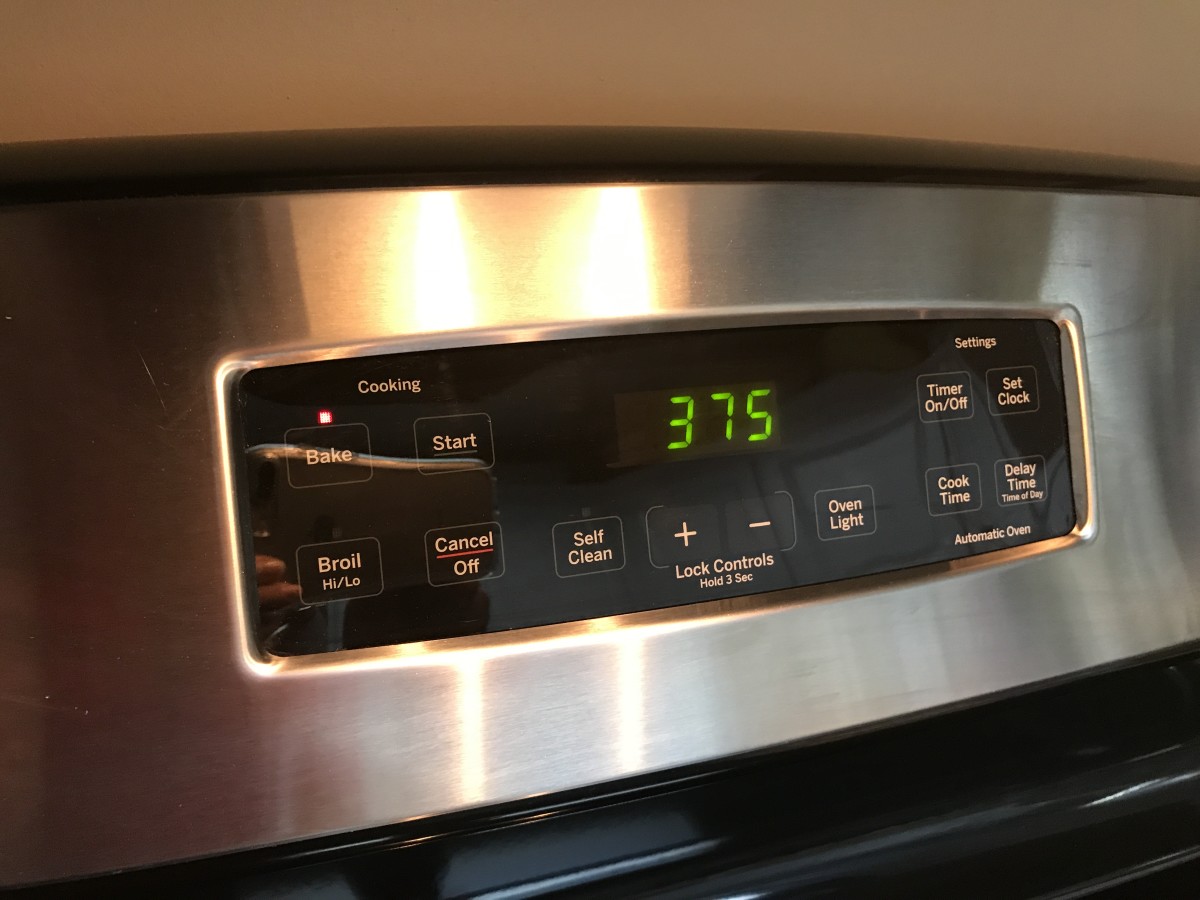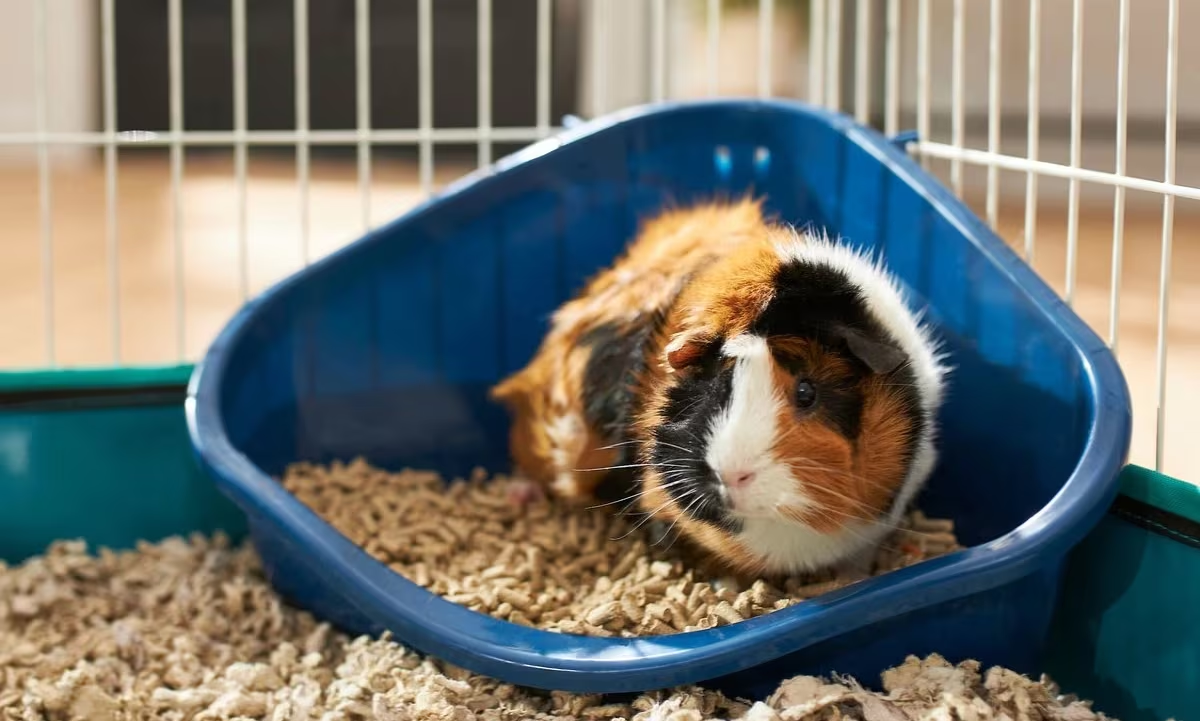Home>Culinary & Beverages>Determining The Ideal Cooking Time For Pork Butt
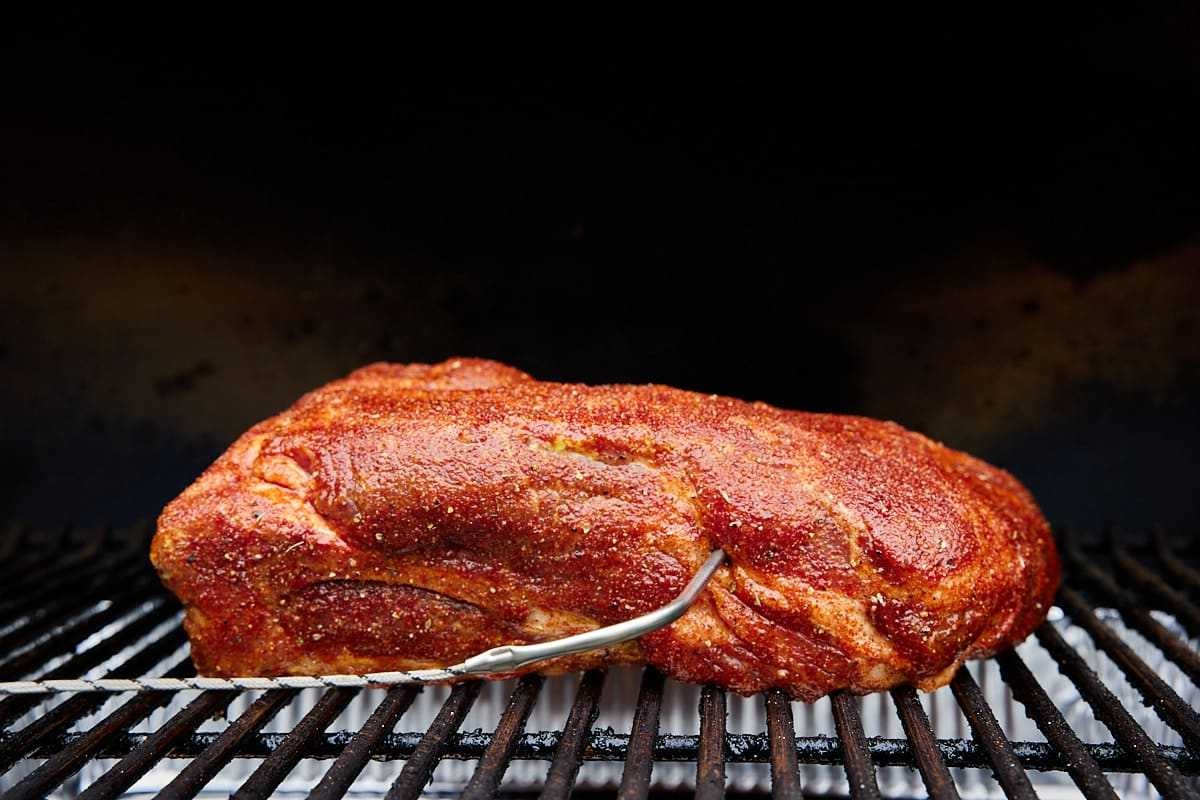

Culinary & Beverages
Determining The Ideal Cooking Time For Pork Butt
Published: February 21, 2024
Discover the perfect cooking time for pork butt with our expert culinary tips. Elevate your culinary skills with our comprehensive guide.
(Many of the links in this article redirect to a specific reviewed product. Your purchase of these products through affiliate links helps to generate commission for Temperatures.com, at no extra cost. Learn more)
Table of Contents
Introduction
Cooking a perfect pork butt can be a rewarding and delicious experience, but it requires careful attention to detail and an understanding of the factors that influence the cooking time. Whether you're preparing a succulent pulled pork dish or a mouthwatering roast, achieving the ideal level of doneness is crucial for both flavor and food safety. The process of determining the ideal cooking time for pork butt involves a combination of science, skill, and intuition. By exploring the various factors that affect cooking time and the methods for determining doneness, you can elevate your culinary expertise and create unforgettable dining experiences for yourself and others.
The journey to mastering the art of cooking pork butt begins with a fundamental understanding of the cut itself. Pork butt, also known as pork shoulder, is a flavorful and versatile cut of meat that comes from the upper portion of the shoulder of the pig. It is well-marbled with fat and connective tissue, which contributes to its rich, tender texture when cooked properly. However, this also means that achieving the perfect level of doneness requires careful attention to the cooking process. Factors such as the size and thickness of the pork butt, the cooking temperature, and the desired level of doneness all play a crucial role in determining the ideal cooking time.
As you embark on the journey to master the art of cooking pork butt, it's important to approach the process with patience and a willingness to learn. By delving into the nuances of cooking time and doneness, you can unlock the full potential of this delectable cut of meat and delight your taste buds with every savory bite.
Read more: The Ideal Time To Travel To Italy
Factors Affecting Cooking Time
The cooking time for pork butt is influenced by several key factors, each of which plays a significant role in determining the overall duration required to achieve the desired level of doneness. Understanding these factors is essential for honing your culinary skills and ensuring that your pork butt turns out perfectly every time.
Size and Thickness
The size and thickness of the pork butt are primary determinants of the cooking time. Larger and thicker cuts will naturally require more time to cook thoroughly, as heat must penetrate through the entire piece of meat to ensure uniform doneness. Conversely, smaller and thinner cuts will cook more quickly. It's important to consider the dimensions of the pork butt when planning the cooking process, as this will directly impact the overall time required for a succulent and tender result.
Cooking Temperature
The cooking temperature also significantly affects the cooking time for pork butt. Lower temperatures will necessitate a longer cooking duration to achieve the desired level of doneness, while higher temperatures will expedite the cooking process. Additionally, the method of cooking, whether it's roasting, smoking, or slow-cooking, will influence the temperature and subsequently impact the cooking time. Understanding the nuances of different cooking methods and their associated temperatures is crucial for mastering the art of cooking pork butt to perfection.
Desired Level of Doneness
The desired level of doneness is a subjective factor that varies from person to person. Some individuals prefer their pork butt to be tender and juicy with a slight pink hue, while others may prefer a more well-done texture. This preference directly affects the cooking time, as achieving different levels of doneness requires specific internal temperatures and cooking durations. By understanding the preferred level of doneness, you can tailor the cooking time to ensure that the pork butt meets the expectations of those who will savor the final dish.
Resting Period
The resting period after cooking is an often overlooked yet crucial factor that impacts the overall cooking time. Allowing the pork butt to rest after cooking enables the juices to redistribute throughout the meat, resulting in a more flavorful and tender final product. This resting period should be factored into the overall cooking time, as it contributes to the overall doneness and succulence of the pork butt.
By considering these factors and their interplay, you can effectively determine the ideal cooking time for pork butt, resulting in a delectable and satisfying culinary creation.
Methods for Determining Doneness
Determining the doneness of pork butt is a critical aspect of the cooking process, ensuring that the meat is safe to consume and perfectly suited to individual preferences. Several reliable methods can be employed to assess the doneness of pork butt, providing both accuracy and confidence in the culinary outcome.
Visual Inspection
Visual inspection is an initial and intuitive method for gauging the doneness of pork butt. As the pork butt cooks, its exterior undergoes noticeable changes in color and texture. A properly cooked pork butt will exhibit a golden brown crust with a caramelized appearance, indicating the development of rich flavors through the Maillard reaction. Additionally, the meat should visibly shrink from the bone, signifying that it has reached an optimal level of tenderness. Visual cues, such as the formation of a crust and the receding of the bone, serve as reliable indicators of doneness and can guide the decision-making process during the cooking journey.
Texture and Tenderness
Assessing the texture and tenderness of the pork butt provides valuable insights into its doneness. When probed with a fork or meat thermometer, the meat should offer minimal resistance, indicating that it has achieved the desired level of tenderness. Furthermore, the pork butt should easily pull apart into succulent strands, showcasing its juiciness and tenderness. By evaluating the tactile qualities of the meat, such as its resistance to pressure and the ease of separation, one can ascertain whether the pork butt has reached the ideal level of doneness.
Internal Temperature
Measuring the internal temperature of the pork butt is a precise and scientific method for determining its doneness. Using a reliable meat thermometer, the internal temperature of the pork butt should be monitored to ensure that it reaches the recommended level for safe consumption. The United States Department of Agriculture (USDA) advises that pork should be cooked to an internal temperature of 145°F (63°C) with a three-minute rest time. This temperature ensures both food safety and optimal flavor, providing a definitive criterion for assessing the doneness of the pork butt.
Time-Tested Techniques
In addition to modern methods, time-tested techniques such as the "fork test" and the "wiggle test" can be employed to determine the doneness of pork butt. The fork test involves inserting a fork into the meat and observing the ease with which it penetrates and twists, indicating the desired tenderness. Similarly, the wiggle test entails gently wiggling the bone to assess its mobility, with minimal resistance signifying the attainment of doneness. These traditional techniques, rooted in culinary wisdom, offer practical and reliable means of evaluating the readiness of the pork butt.
By leveraging these methods in combination, cooks can confidently determine the doneness of pork butt, ensuring a delightful culinary experience for themselves and their guests. Each method contributes unique insights, collectively empowering cooks to achieve the perfect level of doneness and elevate the art of cooking pork butt to new heights.
Using a Meat Thermometer
A meat thermometer is an indispensable tool for precision and accuracy in determining the doneness of pork butt. By utilizing a meat thermometer, cooks can ensure that the internal temperature of the pork butt reaches the recommended level for safe consumption, thereby guaranteeing both food safety and optimal flavor.
To use a meat thermometer effectively, it is essential to insert the probe into the thickest part of the pork butt, ensuring that it does not touch any bones as this can result in an inaccurate reading. By penetrating the meat to its core, the thermometer provides a real-time assessment of the internal temperature, offering valuable insights into the progress of the cooking process.
The United States Department of Agriculture (USDA) recommends that pork should be cooked to an internal temperature of 145°F (63°C) with a three-minute rest time. This temperature threshold ensures that the pork butt is safe to consume while retaining its succulence and flavor. By monitoring the internal temperature with a meat thermometer, cooks can confidently ascertain the doneness of the pork butt, mitigating the risk of undercooking or overcooking the meat.
Modern meat thermometers are equipped with digital displays and instant-read capabilities, allowing for swift and accurate temperature readings. Some models also feature programmable alarms that alert cooks when the desired temperature is reached, providing convenience and peace of mind during the cooking process.
By embracing the precision and reliability of a meat thermometer, cooks can elevate their culinary prowess and consistently produce perfectly cooked pork butt. This invaluable tool empowers cooks to navigate the nuances of doneness with confidence, ensuring that each culinary creation is a testament to skill, precision, and uncompromising quality.
Incorporating the use of a meat thermometer into the cooking routine not only enhances the safety and quality of the final dish but also fosters a deeper understanding of the science behind cooking, enriching the culinary journey with knowledge and mastery.
Resting and Carving the Pork Butt
Resting the pork butt after cooking is a crucial step that should not be overlooked. Allowing the meat to rest before carving is essential for ensuring a delectably tender and flavorful outcome. During the cooking process, the heat causes the juices within the pork butt to migrate towards the surface. Allowing the meat to rest off the heat enables these juices to redistribute evenly throughout the entire cut. This redistribution process results in a more succulent and moist final product, as the juices reabsorb into the muscle fibers, enhancing the overall flavor and texture of the pork butt.
The ideal resting period for a pork butt is approximately 20 to 30 minutes. This duration allows the meat to relax and the juices to settle, ensuring that each slice or shred of the pork butt is infused with maximum flavor and tenderness. While it may be tempting to immediately carve into the freshly cooked pork butt, exercising patience during the resting period yields a significantly more satisfying culinary experience.
Once the pork butt has undergone the essential resting period, it is time to embark on the art of carving. When carving a pork butt, it is important to consider the grain of the meat. The grain refers to the direction in which the muscle fibers run through the meat. Identifying the grain is crucial, as it determines the manner in which the pork butt should be sliced or shredded for optimal tenderness.
For pork butt that will be sliced, it is advisable to carve against the grain. Slicing against the grain results in shorter muscle fibers in each piece, promoting tenderness and ease of chewing. Conversely, when preparing pulled pork, the meat should be shredded along the grain. This technique allows the muscle fibers to separate naturally, yielding a satisfyingly tender and succulent texture in every bite.
As the pork butt is carefully carved or shredded, the aromas of the perfectly cooked meat will permeate the air, tantalizing the senses and foreshadowing the culinary delight that awaits. Each slice or shred represents the culmination of meticulous cooking, patient resting, and skillful carving, resulting in a masterpiece of flavor and texture that is sure to captivate the palate of all who partake.
By embracing the art of resting and carving the pork butt, cooks can elevate their culinary creations to new heights, ensuring that each serving is a testament to precision, expertise, and the artistry of the culinary craft.
